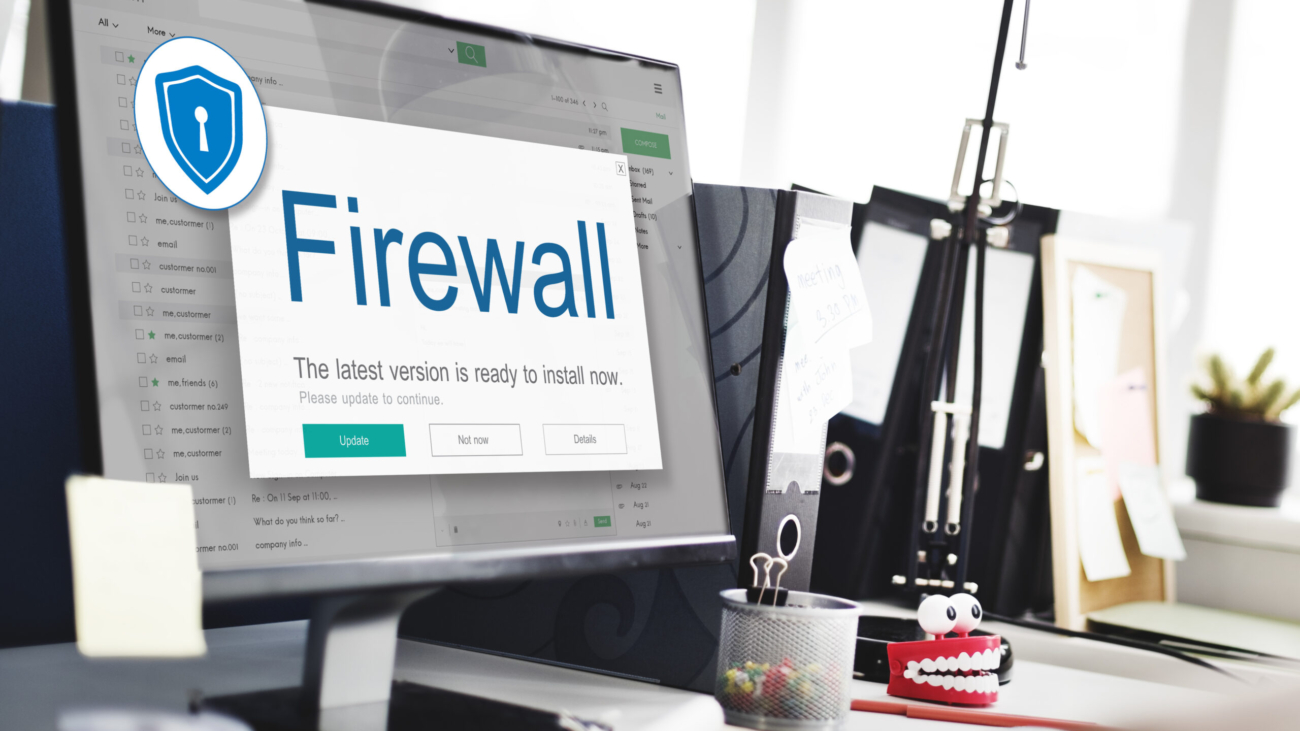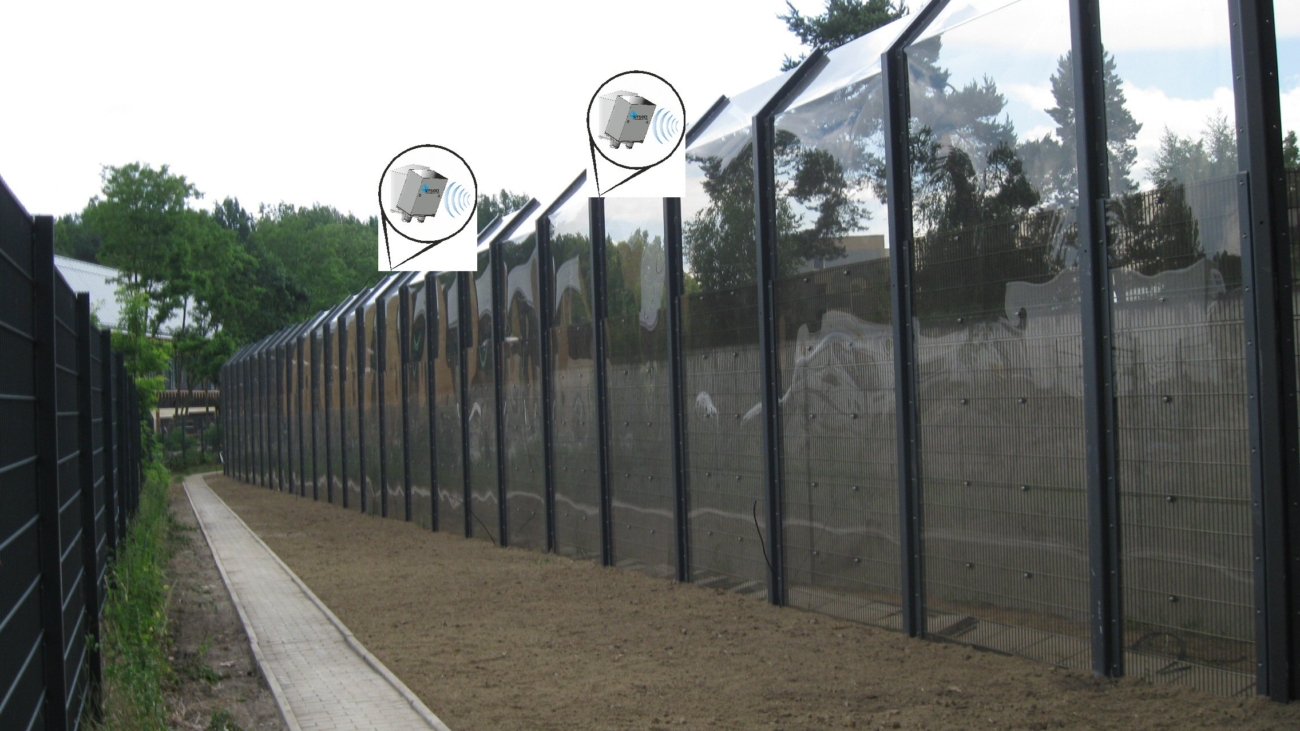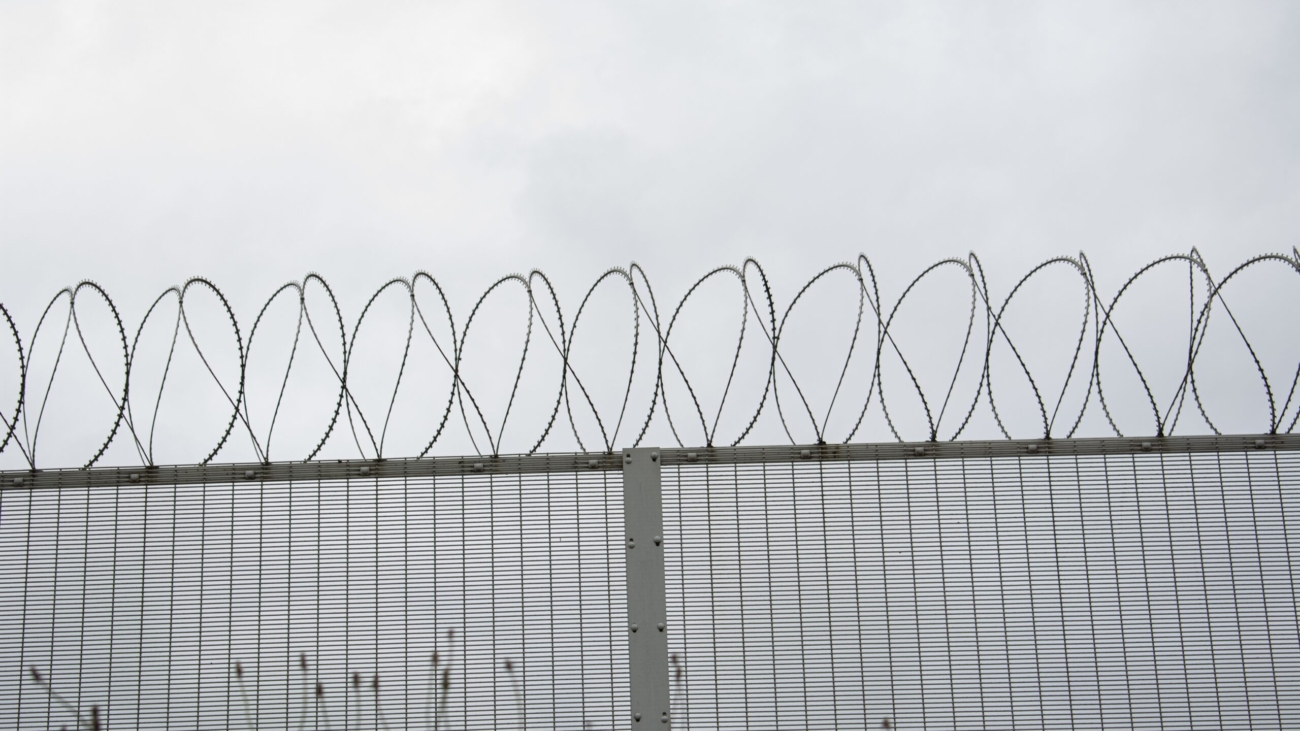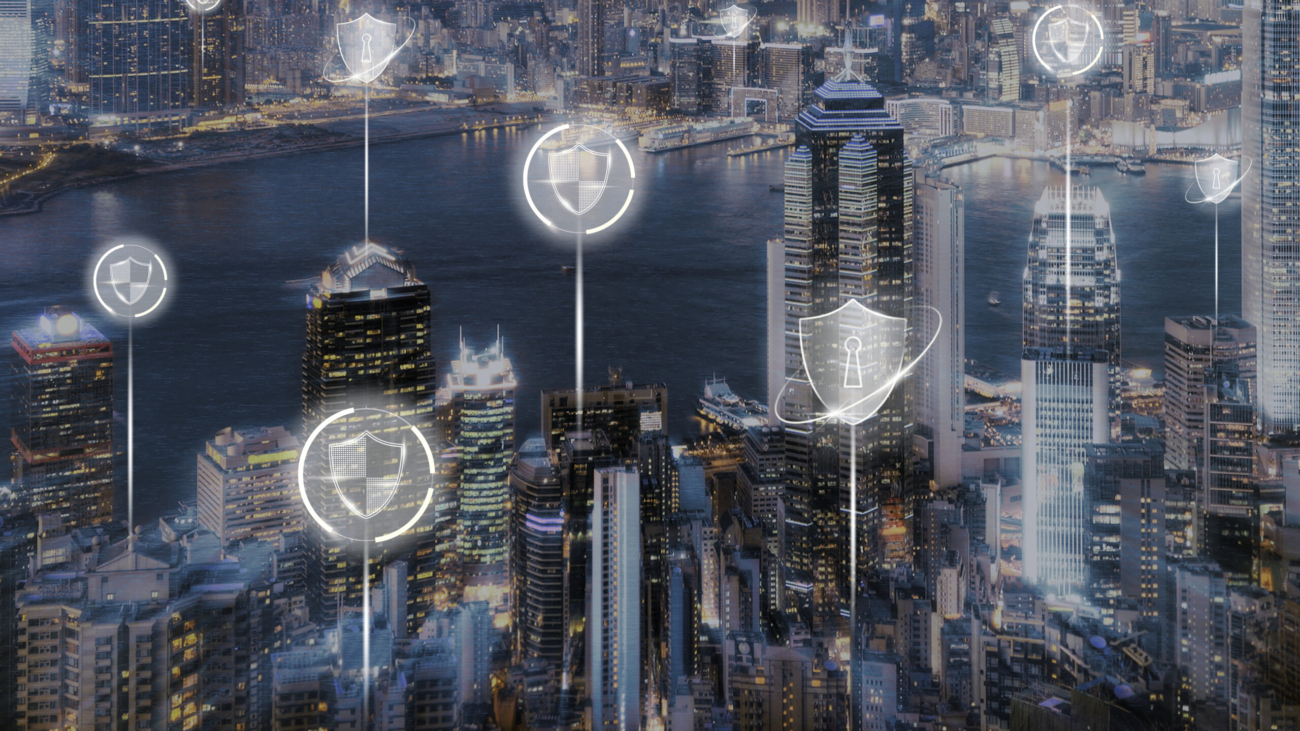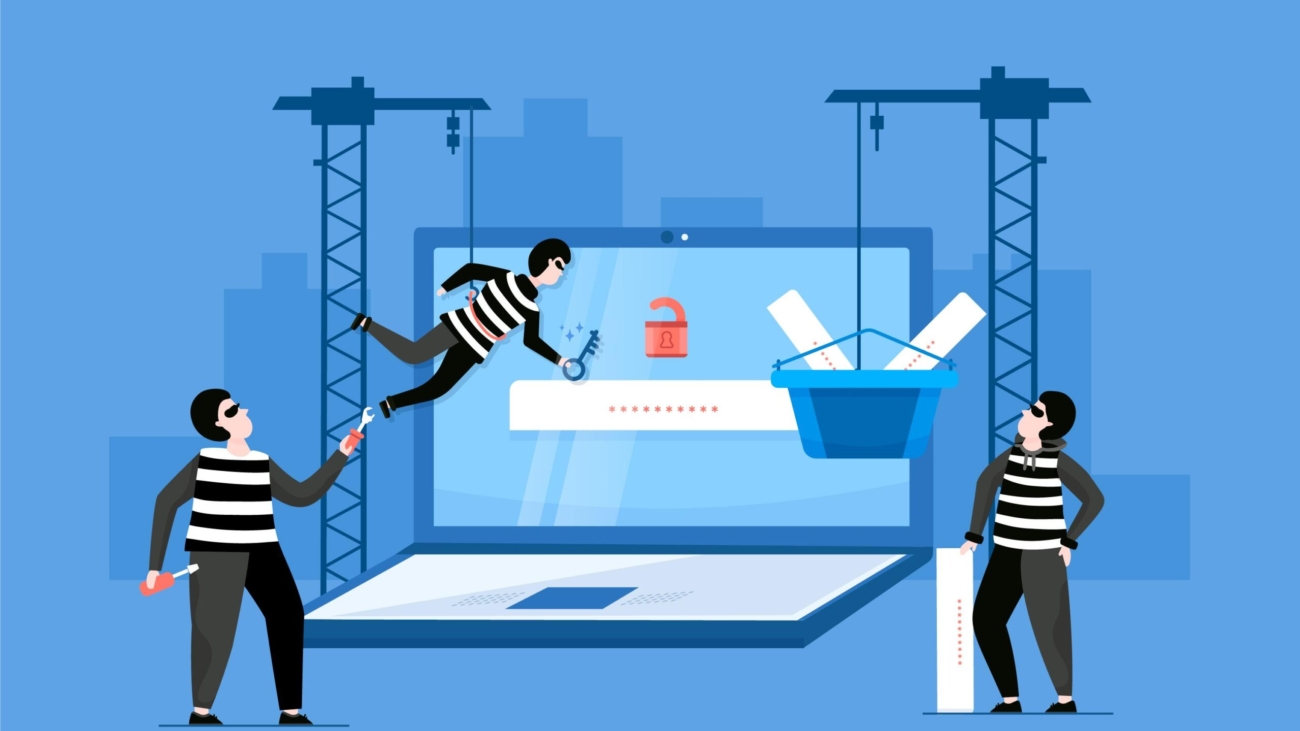In the dynamic nature of security and protection, intrusion detection systems (IDS) and firewalls are highly important in protecting the assets that could either be a network of digital assets or a fence intrusion detection system. Knowing the difference between an IDS and a firewall is essential to businesses and other property owners who seek to enhance their fence barriers and general fencing and security systems.
The Breaking Down of the Basics: IDS vs Firewall.
A firewall serves as a preventive measure against unauthorised access. It blocks inbound and outbound data according to security policies previously established, and it basically determines which traffic is allowed and which is blocked.
Conversely, an Intrusion Detection System (IDS) is a monitoring system that tracks network or perimeter traffic in search of suspicious activities and policy breaches. A firewall prevents malicious traffic, whereas an IDS identifies a possible threat and notifies administrators to do something about it.
When applied to fencing and security, a fence intrusion detection system works much like a network IDS- it does not simply block access, it recognises, detects and informs when an intrusion attempt has been made.
Basic Functionality: Prevention vs Detection
The most important difference between a firewall and an IDS is the purpose.
A firewall is prevention-oriented – it prevents threats before they reach the network or the perimeter.
An IDS focuses on detection – it detects violations that occurred or those violations that are in progress.
The IDS works in the form of an intelligent guard when implemented in physical fence protection. It relies on sensors, fibre optic cables or analysis of vibration to identify any attempt to climb, cut or access the fence. Real-time alerts are then sent by the system, and quick action can be taken before a breach blossoms.
In the meantime, the firewall counterpart to perimeter security would be a strong physical barrier like a high-tensile fence, steel palisade or electrified perimeter, which would keep access out in the first instance.
Fence Intrusion Detection Systems: The IT Physical Security IDS.
In physical security implementations, particularly in high-risk areas, the fence intrusion detection system (FIDS) performs the role of the eyes and ears to your security perimeter.
Such systems are constantly patrolling fences and intruder disturbances. In contrast to the height-based or material strength-based fences, a FIDS offers intelligent monitoring that contributes to the ability to differentiate between natural phenomena (wind or rain) and human intrusions.
Important Design Characteristics of a Fence Intrusion Detection System.
Real-Time Alerts: Instantaneous alerts allow the quickest deployment of security officers.
Scalable Integration: Integrates with CCTV, alarms and access-control systems.
Durability: Resistant to severe weather and climate.
Data Analytics Data loggers: Logs the occurrences of incidents and performance.
This technology transforms fencing as a boundary into an active security control, which is in full accordance with the ideals of IDS.
Going into increased detail, how does the IDS protect fences?
Conventional fencing provides physical protection, but is not smart. By incorporating the IDS technology, one will develop an active and reactive security atmosphere.
These are how IDS integration enhances fencing and security:
Early Detection: Intrusions are detected as early as possible and minimise possible damage or theft.
24/7 Monitoring: Systems are available 24/7 and are not fatigued by humans.
Automated Response: The integrated systems may be programmed to activate cameras, sirens or lights automatically.
Cost-Effective: Less dependent on incessant on-site security guards.
Scalable Coverage: Ideal for both small perimeters and large industrial complexes.
Airports, data centres, energy facilities, and warehouses are particularly important areas where such systems are useful because perimeter integrity is a key consideration.
The way Firewalls work in digital security vs physical security
A firewall in the digital realm prevents the transmission between trusted and untrusted networks and imposes regulations. Physically, there are property boundaries enclosed by fences, and unwanted individuals should be kept off.
However, a firewall will not be able to identify covert threats once it has been breached: no more than a static fence can tell when someone tries to break into it. That is where an IDS – or fence intrusion detection system – comes in, offering detection to supplement the preventative ability of a firewall or fence.
They can combine both systems to create a layered defense that integrates prevention and detection for comprehensive protection.
Integration: Integrating Firewalls and IDS to achieve Optimal Protection.
The most powerful security schemes are a combination of firewall and IDS capabilities. This applies to both cybersecurity and perimeter protection. For example, A firewall, or physical fence, prevents unauthorised access.
An IDS (or fence intrusion detection system) monitors and notifies about intrusion. Together, they offer complete security: they prevent the intruders and notify the operators immediately.
Fence intrusion systems are now based on fibre-optic cables or microphone cables, which detect perimeter vibrations as the network packets in digital IDS. This pair ensures that in the case of breaking the fence, the IDS raises the flag and notifies it immediately.
Why Fence Intrusion Detection Systems are the Future of Fencing and Security
Replacement by intelligent sensor-based systems is transforming perimeter defence. Fence intrusion detection is also becoming popular among companies around the world in order to increase awareness and allow quick response.
Not only do they detect intrusions, but they also learn behavioural patterns, which they can predict. Such a proactive approach helps identify and address violations before they cause severe harm.
And with the development of AI and IoT, fence systems will become smarter and will be able to offer automated monitoring, live analytics and connect with central security platforms.
Final Thoughts
Firewalls and IDS have different functions, but they are equally important components of a layered defence, whether applied to cyber or physical security.
On 1 side is a firewall, on the 2 side is an IDS. A fence intrusion system in fencing is a combination of both, which generates an intelligent perimeter, blocking intruders in real time, identifying, notifying, and protecting.
A combination of fence protection and advanced detection technology allows us to create safer business, critical and residential environments. To enhance the fencing strategy, you can look at clever ways. Such as fence intrusion detection, to have complete perimeter protection and confidence.

